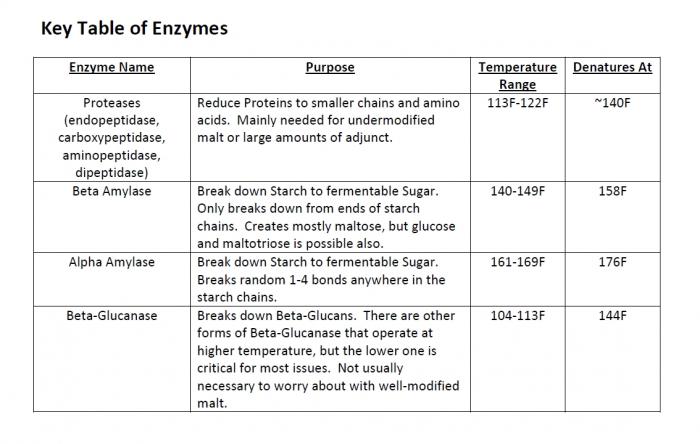scorpien222
Well-Known Member
- Joined
- Jun 23, 2012
- Messages
- 266
- Reaction score
- 1
Earlier I was reading john palmers how to brew and was reading about how mash temp determines not only types of sugar that is created but the quantity.
It was saying that lower mash temps create thicker wort with less fermentable sugar but this improves the body of the beer.
I know that the average mash time is between 30 and 90 minutes but what if you left your mash for say 12 hours starting at 150F. Would this not slowly drop in temp and go though all of the different temperatures releasing all of the sugars ? Or would this not work ?
Has anyone tried it ? Any responses will he great fully received
Justin
It was saying that lower mash temps create thicker wort with less fermentable sugar but this improves the body of the beer.
I know that the average mash time is between 30 and 90 minutes but what if you left your mash for say 12 hours starting at 150F. Would this not slowly drop in temp and go though all of the different temperatures releasing all of the sugars ? Or would this not work ?
Has anyone tried it ? Any responses will he great fully received
Justin



